Dacha as part of the Russian philosophy of life
The famous Russian word “dacha” (да́ча) has entered many foreign languages but does not have an exact equivalent in any of them. Often the word “dacha” is translated as “countryside cottage”, “summer residence”, or “villa”, but none of these translations fully disclose this phenomenon. Dacha is not only a countryside house but also a particular lifestyle. Intrigued? Then this article is for you!
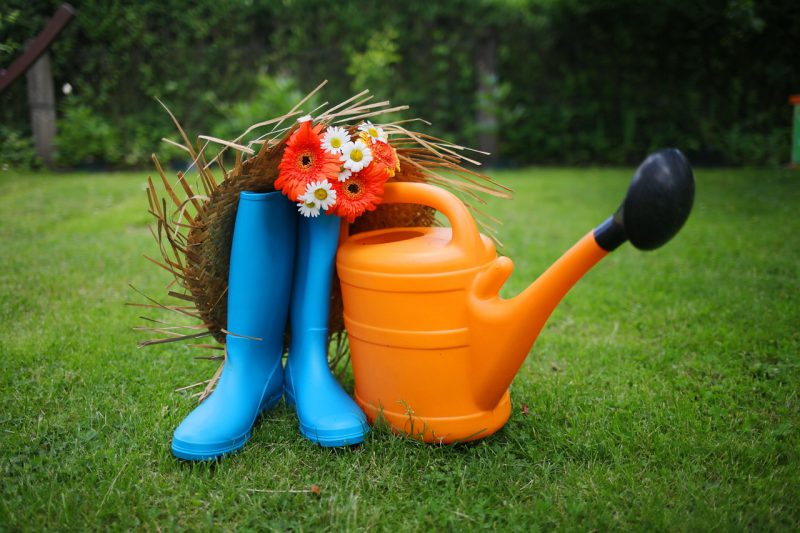
The origins of dacha
Many believe that dacha is a phenomenon of the Soviet era, but this opinion is mistaken. The first dachas appeared in Russia under Peter the Great who bestowed the estates around St.-Petersburg to his people for good service to the state. The main condition for such a gift was the ennoblement of the land on which the gifted house was located. Linguistic researchers have studied the etymology of the word “dacha” which is derived from the verb дава́ть (to give). This makes dacha not just a house but an expensive gift and symbol of distinction. For a long time, dacha remained the privilege of aristocrats and civil servants.
However, in the 19th century, when the ideas of liberalism became increasingly popular, the dacha lost its status of a “place for the chosen ones” and became affordable to anyone with the capital sufficient to rent a summer house. Dacha as a resting place became especially popular in 1860–1880. In the end of the 19th and beginning of the 20th centuries dacha became a mass social phenomenon: special “dacha villages” were built on the banks of rivers and lakes near the large cities. For example, the most famous dacha village near Moscow was called Perlovka and located by the Yauza River. In 1880 there were 80 cottages. In each cottage there was a shower and a personal toilet, several rooms, and a kitchen. On the banks of the Yauza River, swimming pools were organized, musicians were brought to the village twice a week, and Moscow theater troupes performed in the summer theater. According to the memoirs of contemporaries, getting a place in Perlovka was a happiness, the rent of those dachas was paid three years in advance, and the cost of the rent was comparable to renting a house in the center of Moscow.
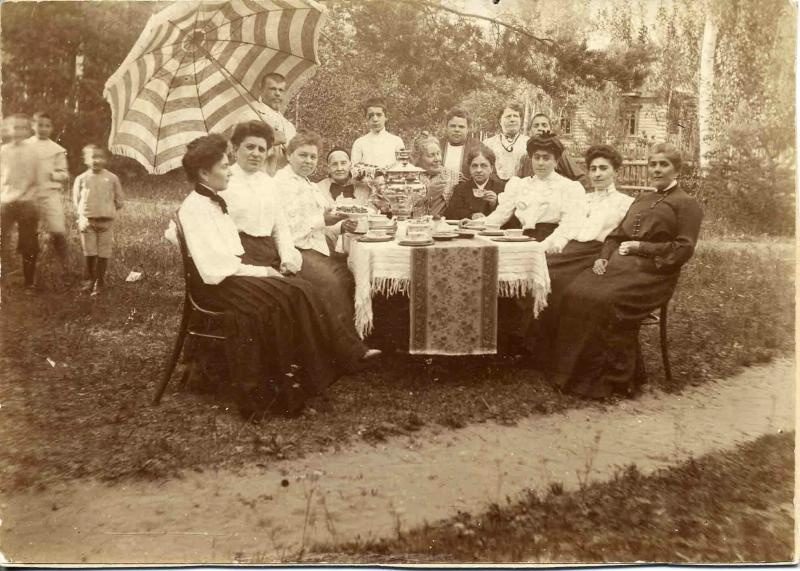
Life in the dacha at that time was practically no different from life in the city except the closeness to nature. The families together with their servants used to move to the countryside in May, where they had a calm and measured lifestyle until the first autumn cold weather comes. Dacha balls and literary salons were arranged as an entertainment, the families used to go and visit each other. Nothing could disturb this settled lifestyle. The proximity to nature and land wakened people’s creativity, so very often flower beds and small gardens were laid around the dachas.
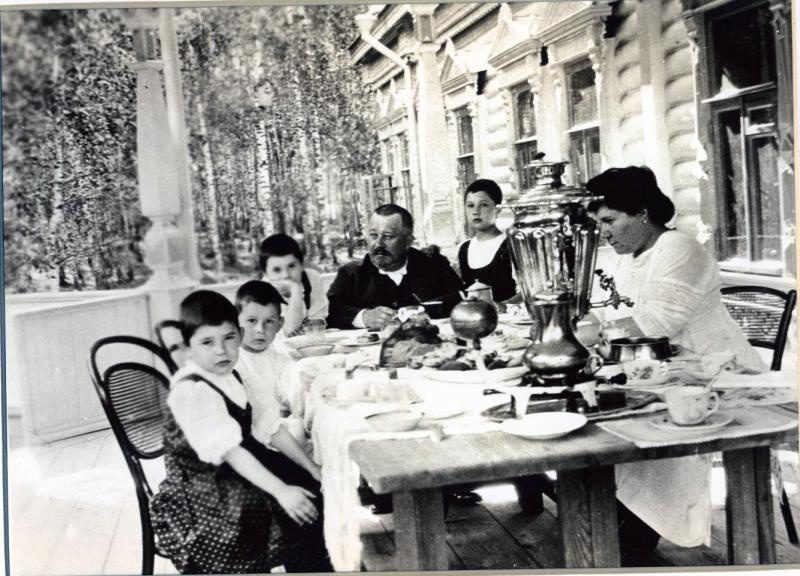
Soviet version of dacha
After the Revolution, dacha as a phenomenon lost its relevance for a long time. Only in the 1930s it was decided to allocate special lots of land with houses on them to the prominent Soviet scientists and the members of the Bolshevik Party. In the 50s of the twentieth century, not only scientists and party leaders but also actors, artists, and writers began to be given dachas. At the same time, the idea of creating collective gardens for “ordinary people” was born: large lots of land were divided into equal sectors – one per family – where people could build small summer houses and grow vegetables, fruits and berries. This idea of creating dachas for commoners had several goals:
– Firstly, a person engaged in construction or land work immediately became a part of a group and was less prone to alcoholism and parasitism.
– Secondly, summer house was (and still is) a great way to regain strength and health in clean and open air.
– Thirdly, each family on its own could produce the amount of fruits and vegetables it needs, regardless of the state.
Of course, a set of rules was created for the dacha residents which changed over time. For example, it was initially forbidden to build solid and permanent houses higher than one floor or to build a banya on the piece of land one was given. Later these rules were abandoned and the idea of building dachas became very successful.
The classic Soviet dacha piece of land had a small size – 600 square meters (шесть соток, as they were called by people, which means “six hundreds”). Usually, “six hundreds” of a family included: a small house, a garden for growing potatoes, carrots, onions, and other veggies and herbs; greenhouses in which cucumbers and tomatoes were grown; a few apple or plum trees; raspberry, gooseberry and currant bushes; flower beds; sometimes a banya or a small shed for keeping chickens, sheeps or pigs. Families with dachas had quite an identical way of life which formed special stable relationships both within the families themselves and among dachniki (dacha residents). Neighbors by dacha exchanged tips on growing various plants, women invented various recipes for processing and conserving grown vegetables and fruits, and overall everybody was assigned to his own type of work. Dachniki were close to nature’s biological rhythm: to get a good harvest, one needs to know the times and rules for sowing, needs to properly cultivate seedlings and, finally, needs to take proper care of the garden throughout the summer.
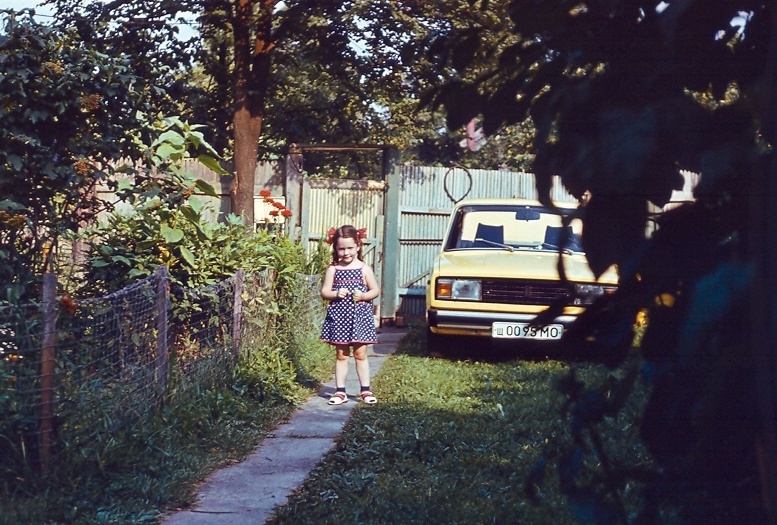
Dacha is one of the legacies of the Soviet time which has been preserved until now. In the difficult transitional 90s, dacha was a salvation – thanks to dachas families could provide themselves with a small but often enough quantity of fruits and vegetables during the times of total shortage of products in stores.
Russian dacha nowadays
Now, when the horror of the 90s is forgotten, the dacha continues to play a large role in the life of the Russian people. If you watch the inhabitants of the city from the beginning of May to the end of October, you will see how big cities become empty on the weekends. Streams of cars leave the city on Friday evenings and come back at the end of Sundays. Many of those cars carry the necessary garden tools for cultivating the land and various saplings. You will also see that the dachniki are not only elderly people and retirees. Dacha surprisingly connects people of different generations, who enjoy getting out of the city to have some rest from the noise and fuss and feel closer to nature.
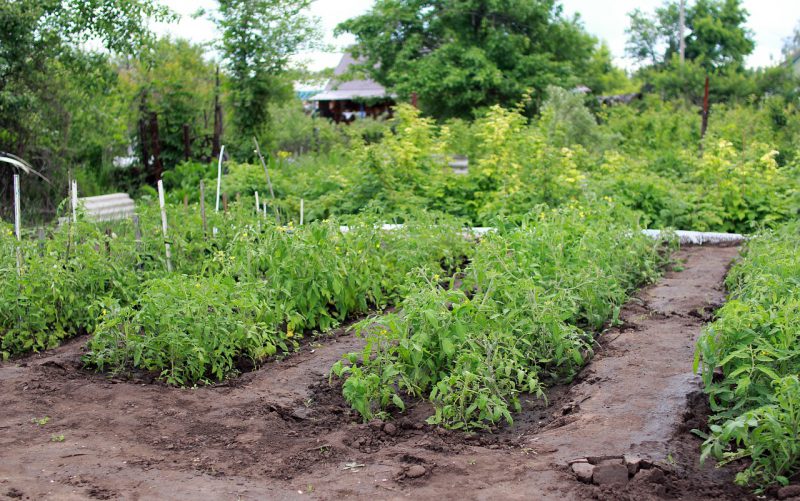

Culturologist, professor of Russian as a foreign language and promoter of Russian culture.
Aleksandra gives Russian lessons via Skype.






